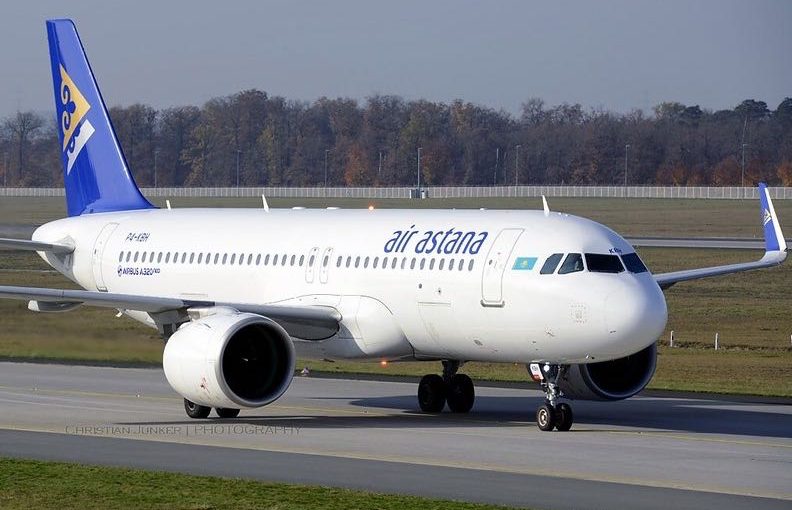by David Parmer / Tokyo
It is seldom that a person or organization gets positive reviews across the board, but that is the case for Kazakhstan’s national carrier, Air Astana. Customers and aviation writers give the airline top marks for both equipment and customer service. Air Astana is a relatively young airline, having first gotten off the ground in 2002. In the past 17 years it has moved from success to success, posting a US$5.3million profit in 2018 and being consistently profitable along the way.
Reviewers note friendly staff, clean aircraft and good service as reasons for customer satisfaction. A factor they also consider is its relatively young fleet: the average age is 7.1 years. (Legacy carriers, on the other hand, can have fleets with an average age of up to double this figure). Moreover, the fleet is constantly being upgraded.
Air Astana is flying mostly the Airbus A320, and has taken delivery of its first A321LR narrow body aircraft. The A321LR will replace its aging Boeing 757s and enable long-haul flights to destinations such as Tokyo, Singapore and Shanghai. In 2020 Air Astana will use the A321LR for its Astana-London route.
Air Astana’s latest success has been the launch of Kazakhstan’s first LCC: Fly Arystan. Launched in 2019, the LCC has already flown nearly half a million passengers. The airline is looking to have a fleet of 15 aircraft by 2022. The business model for Fly Arystan is low fares plus a high quality product.
The only cloud on the horizon for Kazakhstan’s booming airline industry’s seems to be a lack of infrastructure that can keep pace with its ongoing success. New airports and new infrastructure will have to catch up to the demands of a regional national carrier moving onto the world stage.
If you haven’t seen any aircraft with the distinctive Air Astana or Fly Arystan logos yet, there is a good chance that you will, for these two airlines are going places–literally.
photo: Air Astana Airbus, Christian Junker via flickr
Compiled from Web sources.
 日本語
日本語 English
English 中国語
中国語